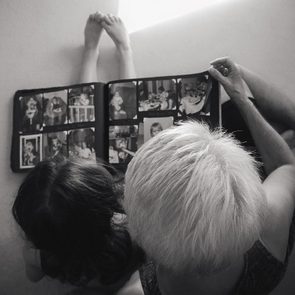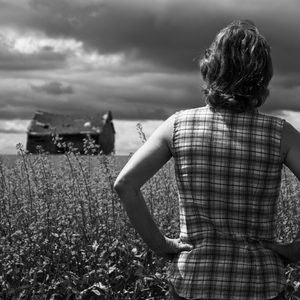What It’s Like to Photograph Ottawa in the Day and Night
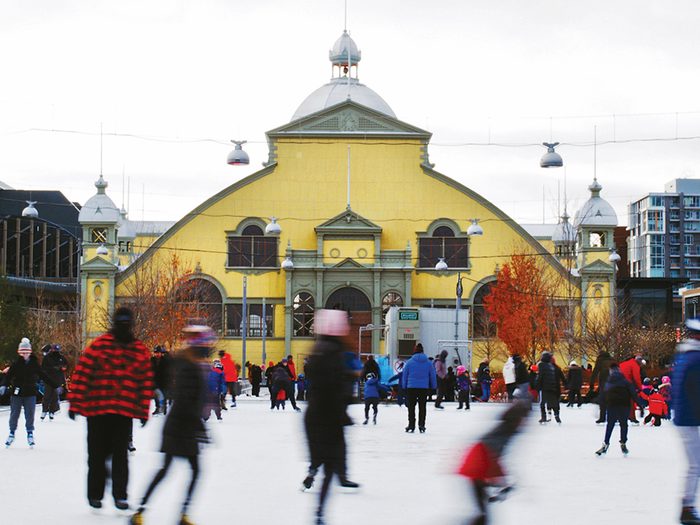
This Ottawa-based photographer explains the fascinating psychological effect of seeing the same scene in daylight and then at night.
In this piece, I have photographed a series of shots of locations in and around Ottawa, shooting each from the same perspective to illustrate the psychological difference day and night has on our psyche. Any piece of architecture or scenery will change in character depending on the time of day. Lighting plays a crucial role in defining the form and shape of a structure and how we perceive it. During the day, the light exposes an abundance of information while the evening drapes this knowledge like a mask, only allowing what it wants to portray. The direction of a light source can transform spaces and impact the way people feel in these spaces.
What is it that makes us marvel or feel relaxed about a location during the day, but an impending sense of foreboding prevails at the same location at night? Daylight can bring optimism and hope, yet the evening can translate into the spectacular or the sinister.

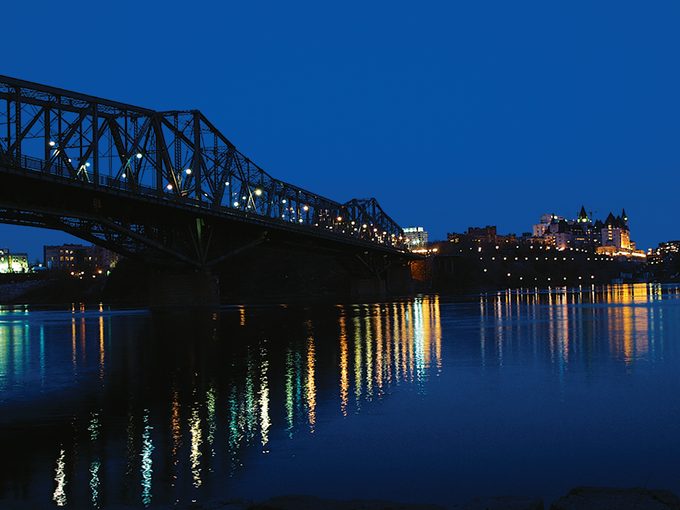
The evening has a unique quality that can transform the ordinary into the extra ordinary or make it seem dangerous merely by revealing less. There is a veil that hangs over silhouette monoliths of buildings or the same deep dark hue can radiate the kaleidoscopic sparkling of lights composed of a city skyline or a building. It can be a sight of wonder by projecting the less defined. It is a scientific fact that nighttime’s strong psychological hold on us has decreased the number of people walking due to our innate feeling that danger is associated with the unknown. Though increasing the average luminance is linked with improved safety, uniformity is more important for making people feel secure. So it might be more prudent for municipalities to have evenly distributed lighting rather than bright lighting, to make people feel safer.
Things, even buildings, become strangely anonymous at night. The evening emits psychological walls and borders, permitting pools of light or colour to be the only source of company. According to the 2014 results of authors Kushnir, Gothelf and Sadeh, our nighttime fears depend very much on a person’s own personal history through actual experiences, our parents’ advice and the influence of the media.
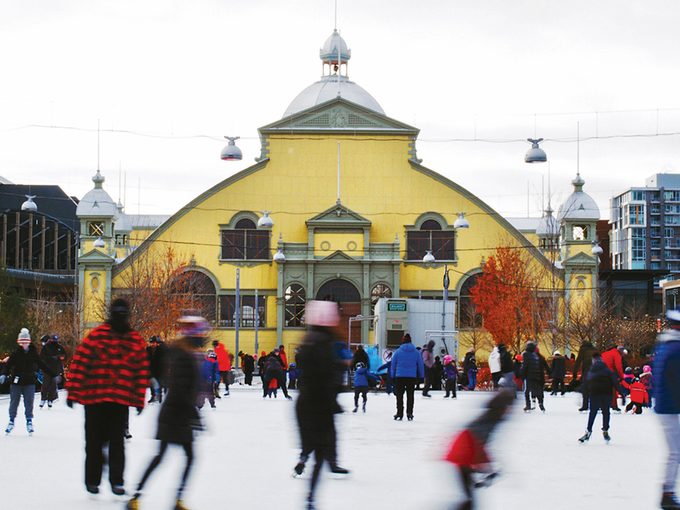
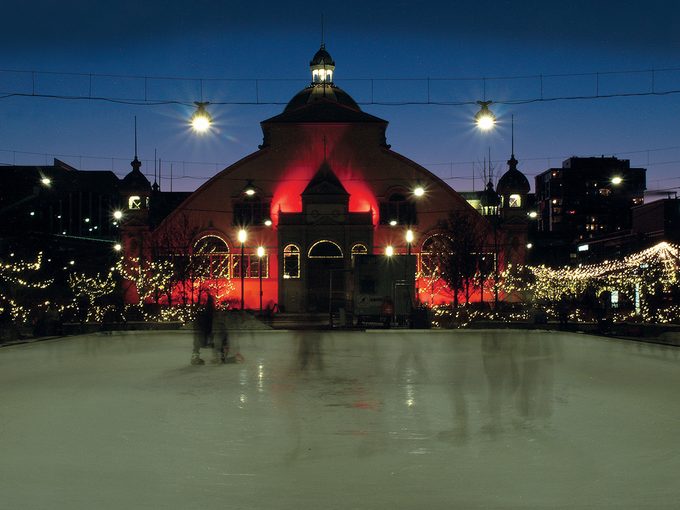
Daylight is as much about identity as it is about improving cognitive performance, recognition and mood. Light creates more than just visual effects (image, shape, intensity, perception and contrast), it also has biological and psychological implications that can impact the health and well-being of humans, such as how colour, design, shape and openness are deliberately designed to enhance mood. An example of this is the Boley Building department store built way back in 1909 in Kansas City. It was the first of its kind, constructed in the art nouveau style by architect Louis Curtiss. What was notable was how Curtiss heavily depended on light by using a skin of glass to cover 80 per cent of the exterior, emitting an abundance of light to be displayed inside. As a result of this novel design, it attracted crowds of thousands to its opening day.
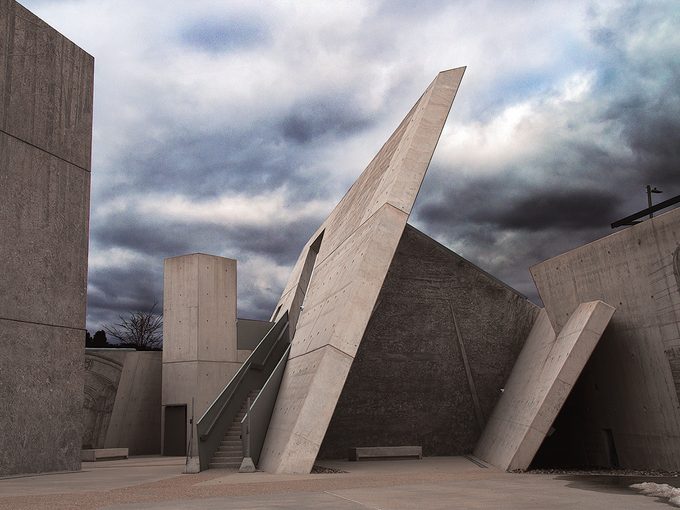
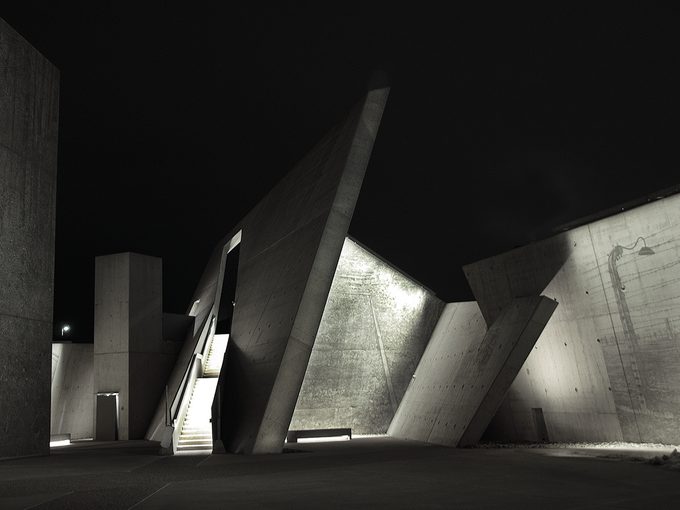
Daylight can be used to showcase a building’s elements, spaces and textures. By exposing detail (or detail the architect deliberately advertises), daylight conveys a wide spectrum of moods, from inviting to intrigue, or repulsion to one of being sombre. Studies have shown that brighter light can intensify emotions, while low light doesn’t remove emotions, but merely keeps them steady. This can lead to people having the ability to make more rational decisions in low light and find it easier to agree with others in a negotiation.
Saturation is the intensity of a colour. More saturated hues can have amplifying effects on emotions, while muted colours can dampen emotions. The brighter the light, especially white, red or yellow, the more it will catch your gaze. In addition, daylight allows us a better visual perspective, enabling us to grasp a three-dimensional view, allowing for better comprehension.
The profound psychological impact that light and colour have on us is amazing.
Next, check out the photography tips you should always follow when shooting in black and white.

